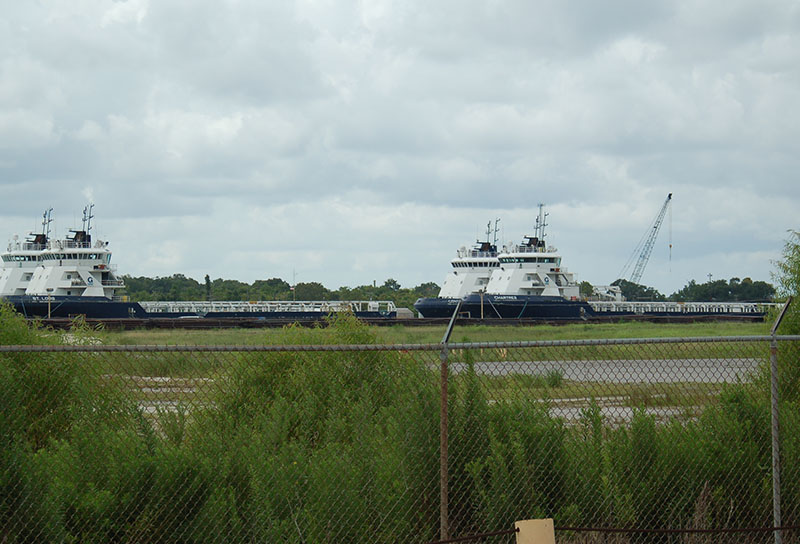Ever since the shock of the November 2014 OPEC decision to block oil production cuts that sent the oil industry into its depression, analysts have repeatedly predicted when oil prices would rebound and how quickly the service industry would recover.
Until now, every forecast has proven to be too optimistic. Last week, with Tidewater Inc. and Gulfmark Offshore Inc. both filing for bankruptcy, it appears that the industry has now entered the final stage of its downturn. That doesn’t mean an upturn is imminent — bankruptcy filings are designed to position companies to survive the remaining period of industry uncertainty — but does infer it may come within two years.
The offshore oil and gas sector is a special case, as it traditionally lags the start of industry upturns, and this downturn has turned out to be worse than everyone anticipated. Even though oil prices had already declined from more then $100 bbl. in June 2014 to about $80 the day before the November 2014 OPEC meeting, the immediate price collapse when OPEC left production unchanged sent energy company executives back to the drawing board. In the short term this meant reconfigured spending plans, and ultimately many companies were forced to restructure to survive the scenario of “lower for longer” oil prices.
When oil prices finally bottomed in February 2016 at $26 bbl., analysts remained cautious about any sustained recovery until its duration disproved their caution. From caution, the industry view shifted to euphoria with forecasts of oil prices reaching $70 or $80 bbl. by early 2017. That optimism drove the recovery in onshore exploration and development activity where well costs are considerably below those offshore. The euphoria did little to help the offshore business, which is subject to vastly different economics. Offshore exploration and production requires substantially longer time frames. It can be a decade from initial exploration to final production.
Higher break-even prices for offshore developments have hampered the pace of the sector’s recovery, but operators are learning how to work with this equation. They have reset their business models in response to the prospect that oil prices may remain in a narrow trading range, well below the prices of 2010-2014. The recent offshore service vessel company bankruptcies show the effects of those resets.
No one knows how long the offshore downturn will last, but final investment decisions on some offshore projects have been announced and there are signs of shallow water drilling activity increasing. The pre-arranged bankruptcy filings are designed to ensure these important OSV operators possess the financial flexibility to continue to provide critical services as the upturn unfolds, even if it doesn’t occur until 2019.
So, rather than being despondent about the filings, a positive view is more appropriate. They are intended to protect the resources necessary to develop the significant global offshore resources, a critical component of the world’s future energy supplies.





